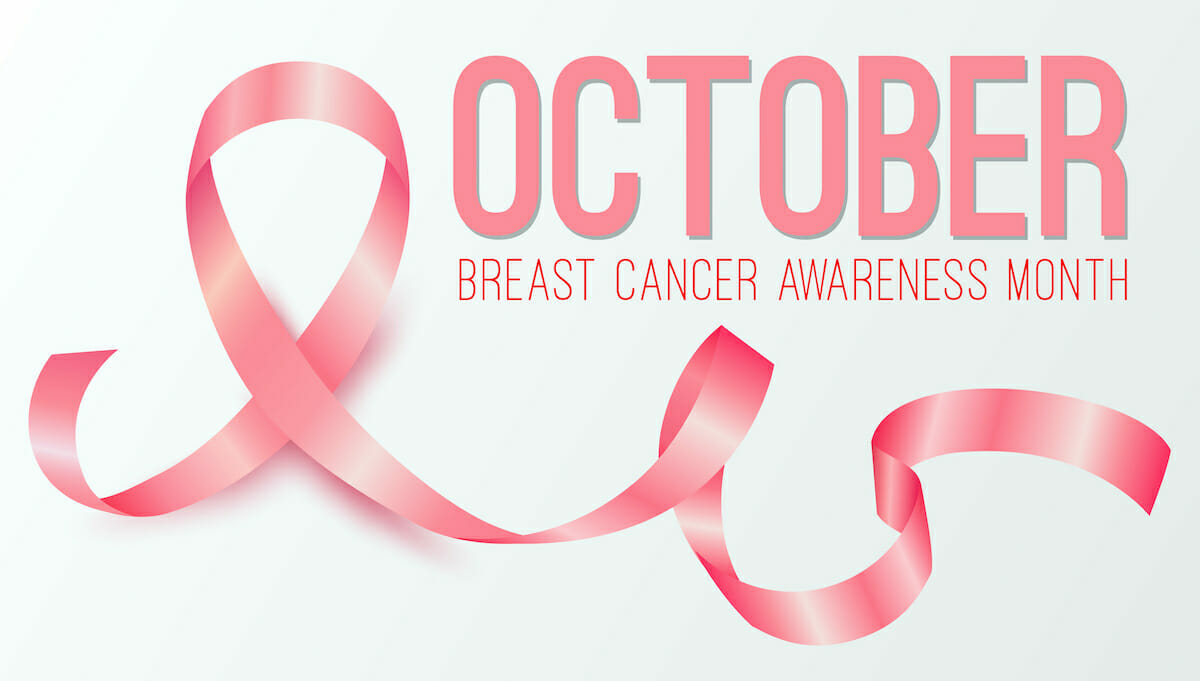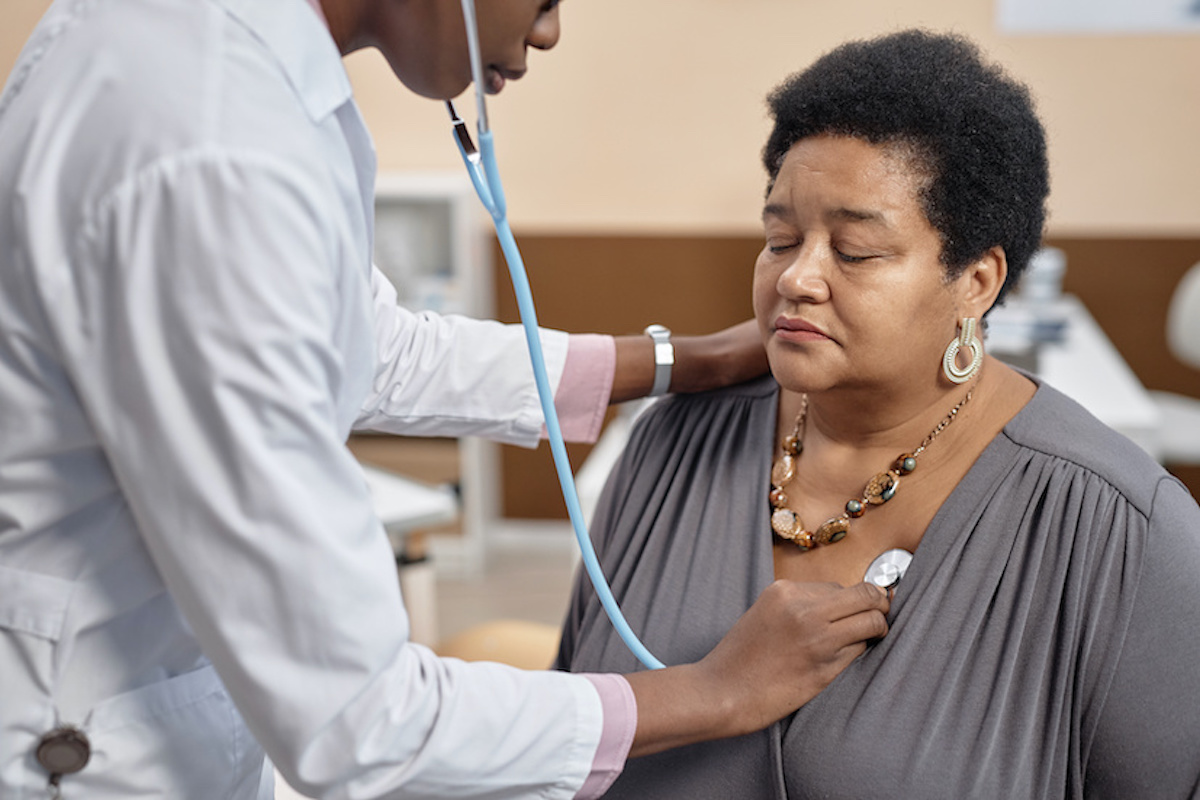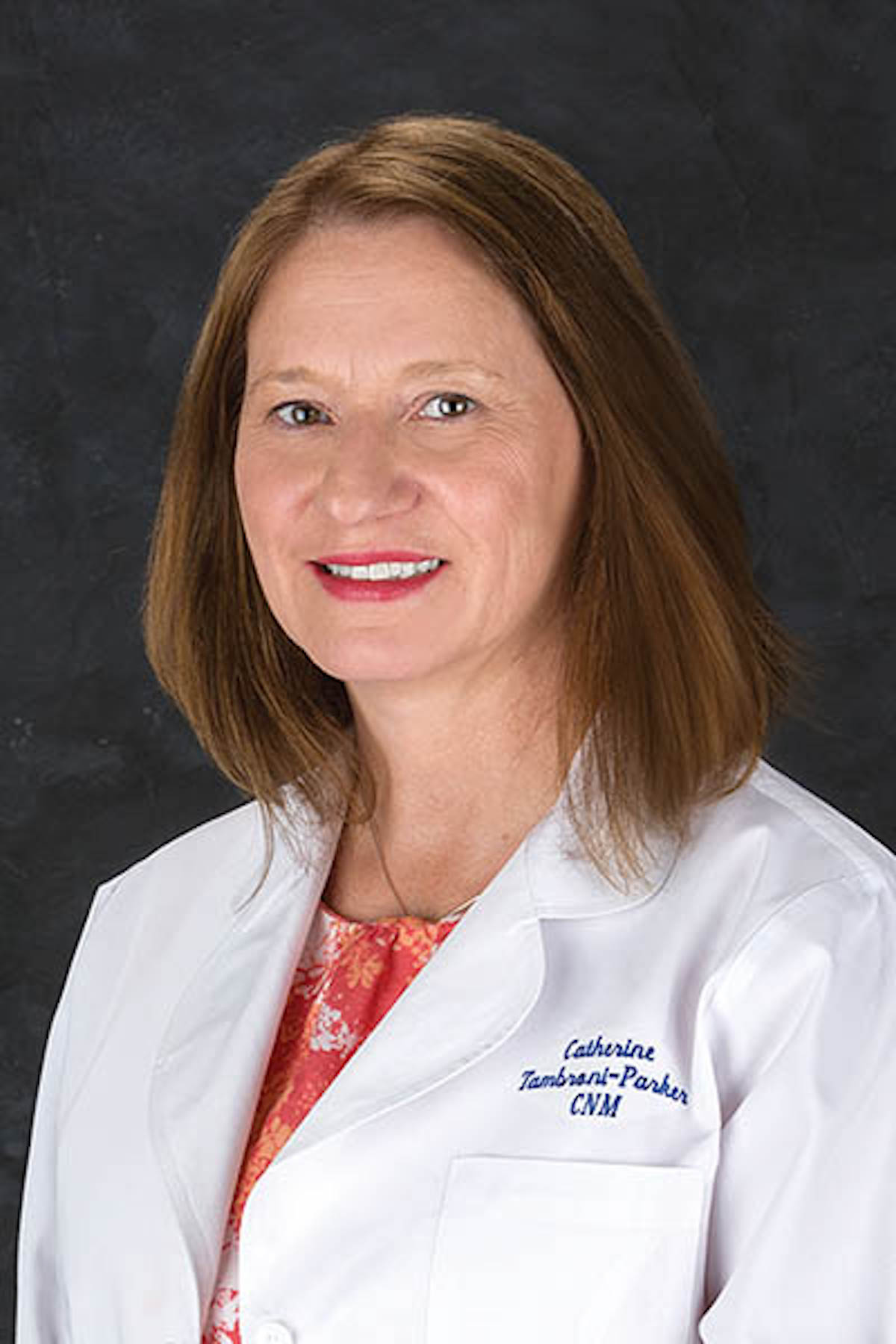By Laurel Kelly
Breast cancer accounts for 1 in 3 of all new cancers diagnosed in women in the U.S. each year, according to the American Cancer Society. It’s estimated that more than 43,000 women in the U.S. will die from breast cancer this year. Mammograms play a key role in early breast cancer detection. They can detect breast cancer before it causes signs and symptom, decreasing breast cancer deaths.
Mammogram
A mammogram is an X-ray image of your breasts. It can be used for breast cancer screening and for diagnostic purposes, such as to investigate symptoms or unusual findings on another imaging test.
During a mammogram, your breasts are compressed between two firm surfaces to spread out the breast tissue. Then an X-ray captures black-and-white images that are displayed on a computer screen and examined for signs of cancer.
3D mammogram
A traditional mammogram creates 2D images of the breast. A newer type of mammogram called a 3D mammogram, or breast tomosynthesis, creates 3D images of the breast. Many medical facilities offer 3D mammograms in addition to the traditional 2D mammograms for breast cancer screening.
A 3D mammogram is used to look for breast cancer in people who have no signs or symptoms of the disease. It also can be used to investigate the cause of breast problems, such as a breast mass, pain, and nipple discharge. 3D mammograms also may be recommended for women with dense breast tissue.
When used for breast cancer screening, the 3D mammogram machine creates 3D images and standard 2D mammogram images because both types of images have some advantages in revealing certain breast abnormalities.
Note that your insurance may not cover the cost of a 3D mammogram. However, the higher price is often reasonable if your health practitioner recommends a more detailed image. Check with your health insurance policy to see if it’s covered and call the imaging center ahead of your appointment to determine the extra cost. This will help you to make the decision.
Source: www.newsnetwork.mayoclinic.org












